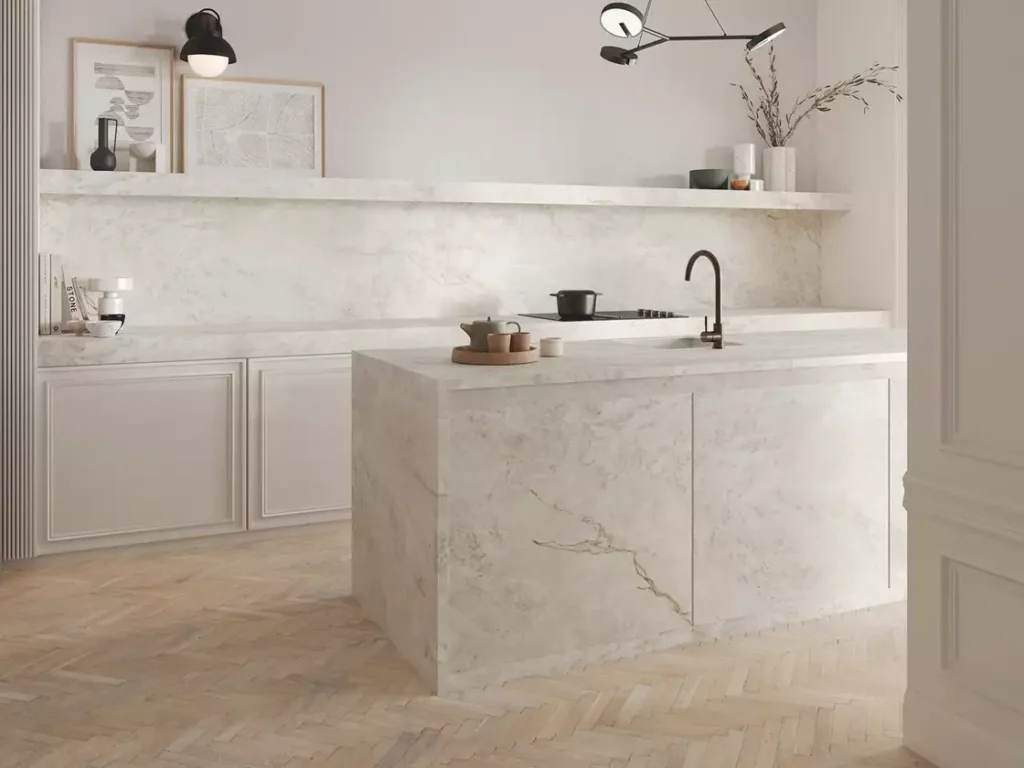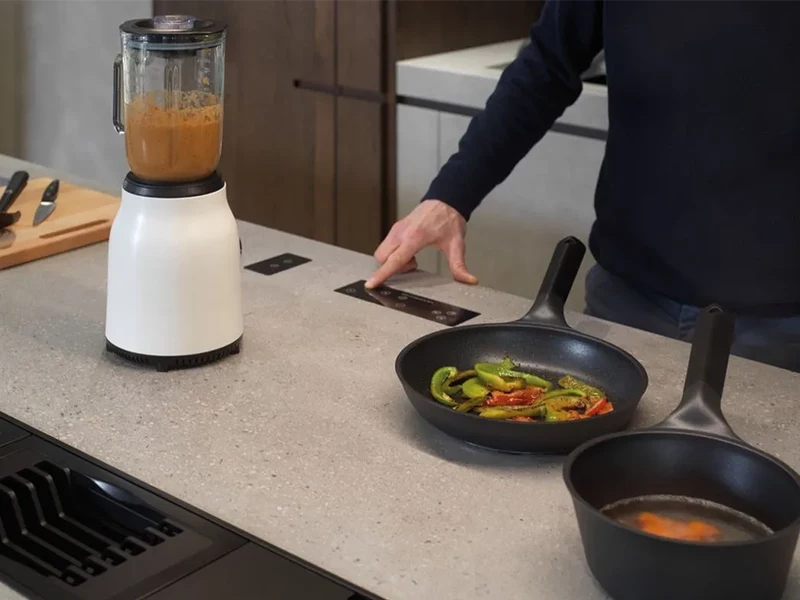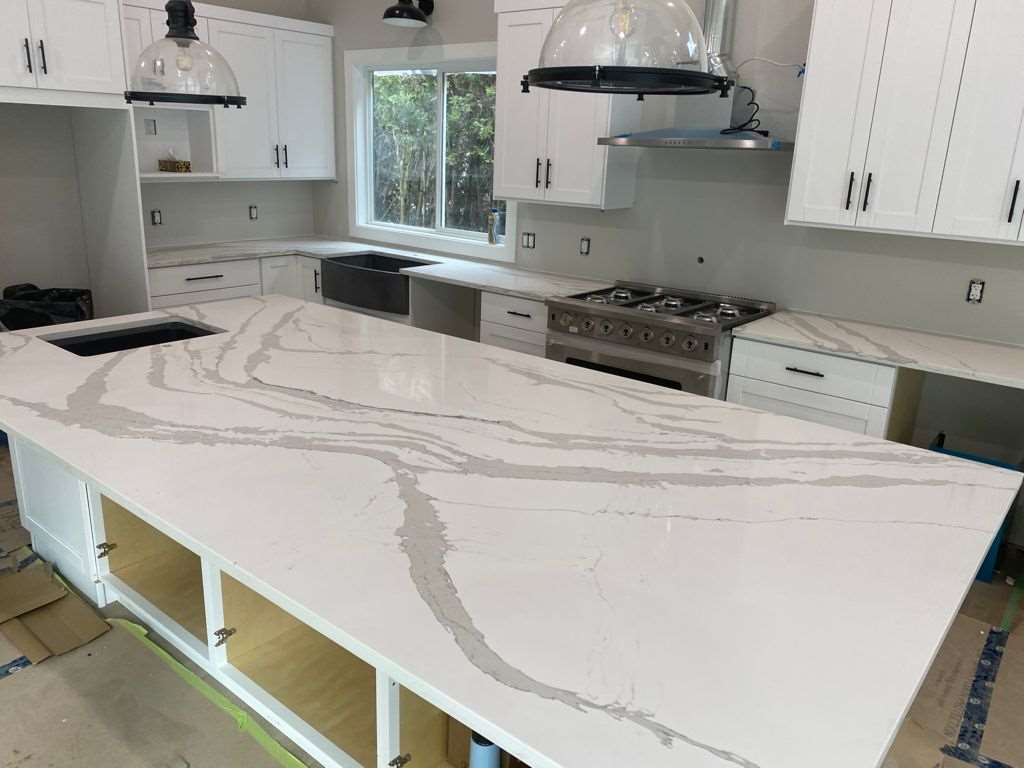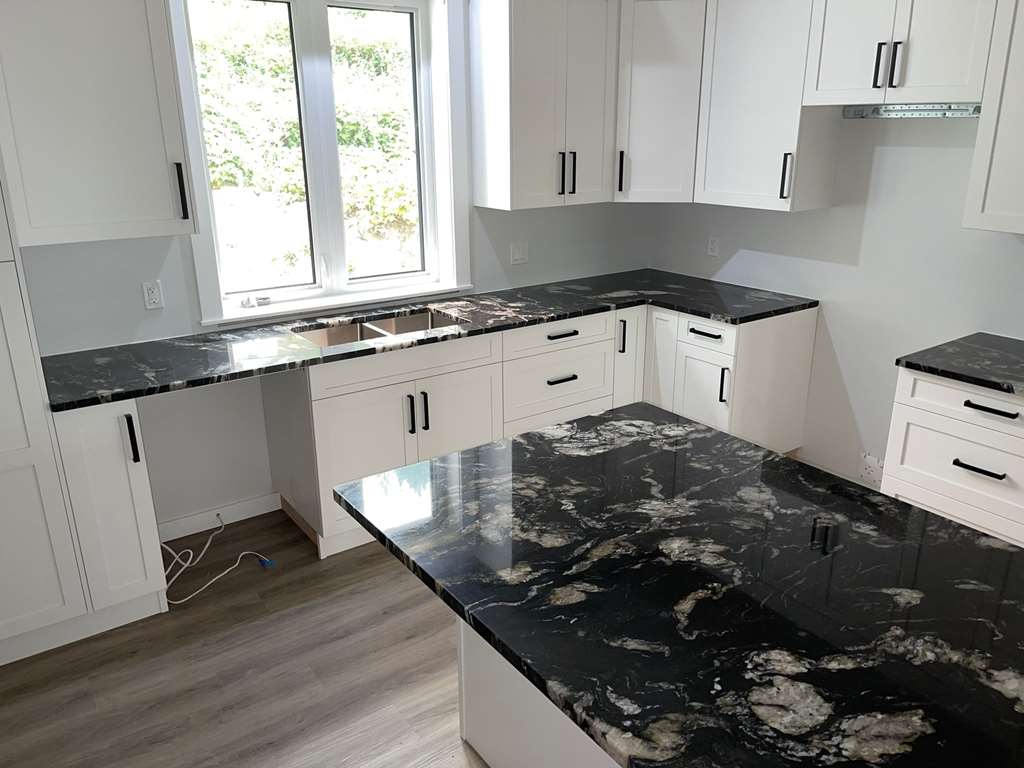Polished Cement: a perfect material for kitchens
Cement is a material that is trending in the interior design and architecture sector, to create special and exclusive environments. It offers a wide variety of applications and finishes. It is ideal for minimalist, industrial and rustic-style spaces. Below we show you how polished cement is a perfect material for kitchens.
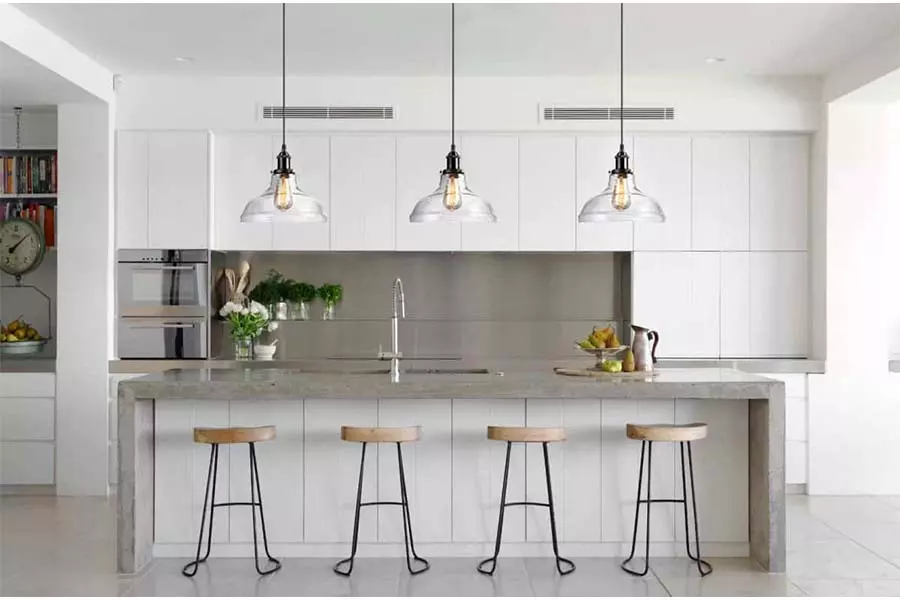
A Fusion of Versatility and Elegance
Polished concrete offers tremendous qualities such as versatility, expressiveness, and exceptional warmth. Widely used in kitchens, especially for countertops, its resilience against corrosion and striking beauty stand out.
It’s exceptionally heat-resistant, and impervious to cleaning agents and food-related chemicals. For durability and impeccable aesthetics, meticulous design and application are crucial.
Polished Cement Countertops and Kitchen Cabinets
This material’s allure lies in its seamless design, lacking visible joints and offering a sense of continuity. Pairing with natural materials like wood or stone creates an appealing combination, infusing warmth and coziness into the kitchen space. Beyond countertops and tables, cabinets made from this material are versatile, adhering to various surfaces effortlessly. Its distinctive fine veining and array of colour choices make it a standout. Commonly, shades of gray and white dominate in industrial or rustic-themed kitchens
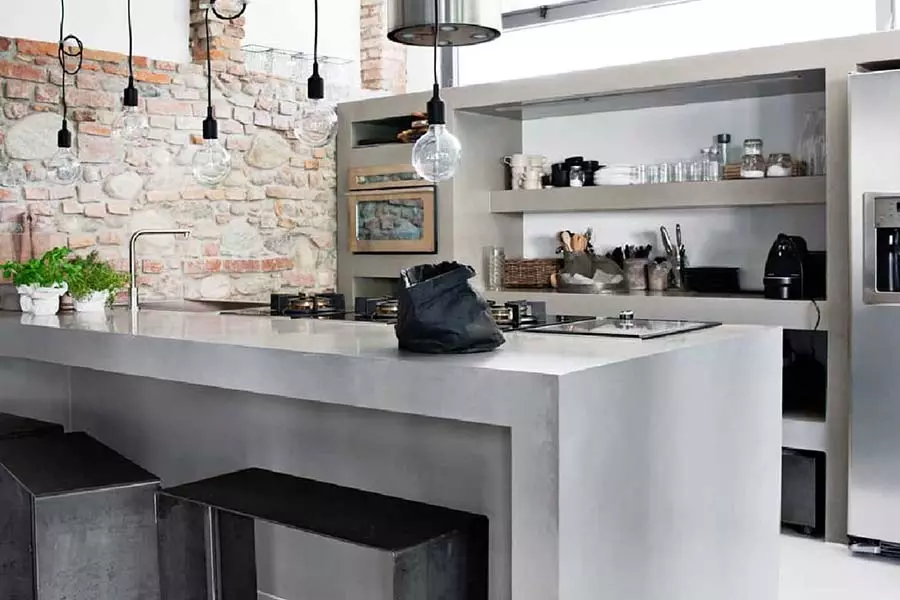
Cement Flooring: A Modern Kitchen Choice
This durable material, derived from powdered clays and crushed limestone, solidifies into enduring flooring when mixed with water. It’s a cost-effective alternative to marble or terrazzo, providing equal strength and longevity. Various coatings offer finishes from matte to glossy, adding sophistication and modernity. For a creative touch, decorative etchings on polished cement create an economical yet visually striking contrast to traditional materials like wood or tiles.
Distinguishing Polished Cement from Microcement
There’s considerable confusion between these finishes, seemingly identical at first glance yet fundamentally different. Both vary in composition and application, notably in thickness (3mm for micro cement and 5mm for polished cement). Microcement emerged to address issues found in polished cement, like its application without the need for extensive construction work, incorporating quartz and resins for a durable, lustrous finish. In contrast, polished cement necessitates a polishing machine, but it boasts seamless applications across surfaces—be it stairs, walls, or countertops—yielding a uniform tone without expansion joints.
Polished Cement: Elevating Spaces. Pair it with exquisite countertops from Countertop Specialist for a seamless fusion of elegance and functionality.

